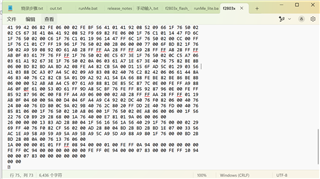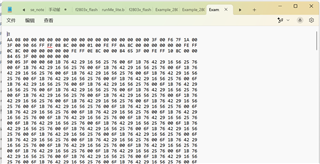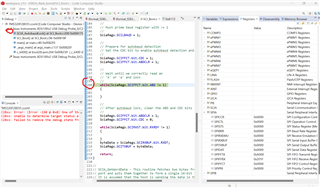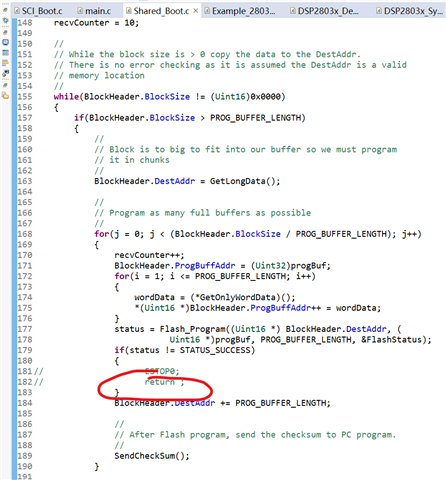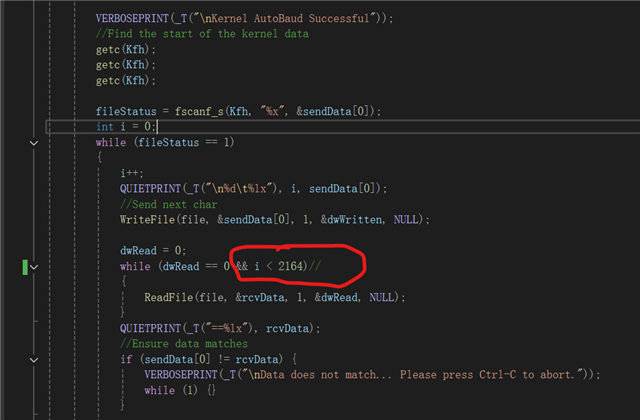Other Parts Discussed in Thread: TMDSCNCD28035
Tool/software:
Hi experts,
I am using TMDSCNCD28035 to do SCI boot. However, the serial flash programmer output was stuck waiting for the last word to send back
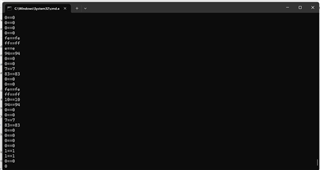
At this point I connect to the F28035 and find that the CPU has done Boot ROM and is waiting for autobuad in the flash kernel. Any idea what's the issues here?
The above issue was reproduced using the original example from SDK without any modification. As a background, I am trying to enter SCI boot without changing the GPIO input. Therefore, I am calling the SCI boot form APP and found this issue. Then I reproduce this using the original sci boot example. Apart from this issue, any suggestion on how to start SCI boot without changing GPIO voltage?
Regards,
Hang.


